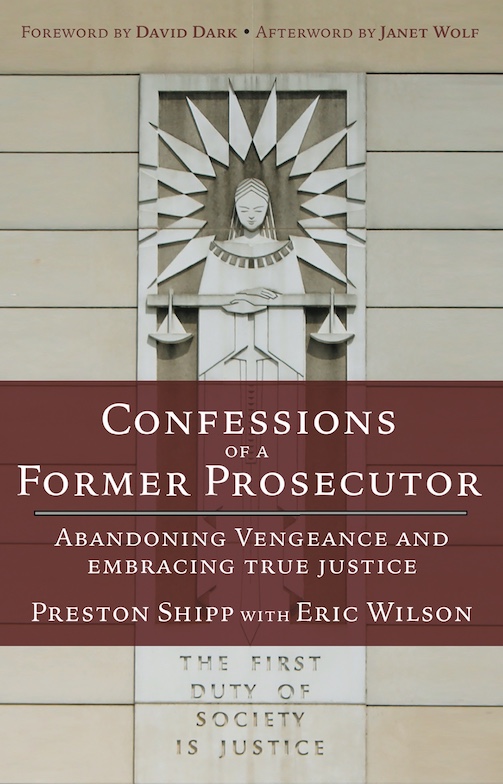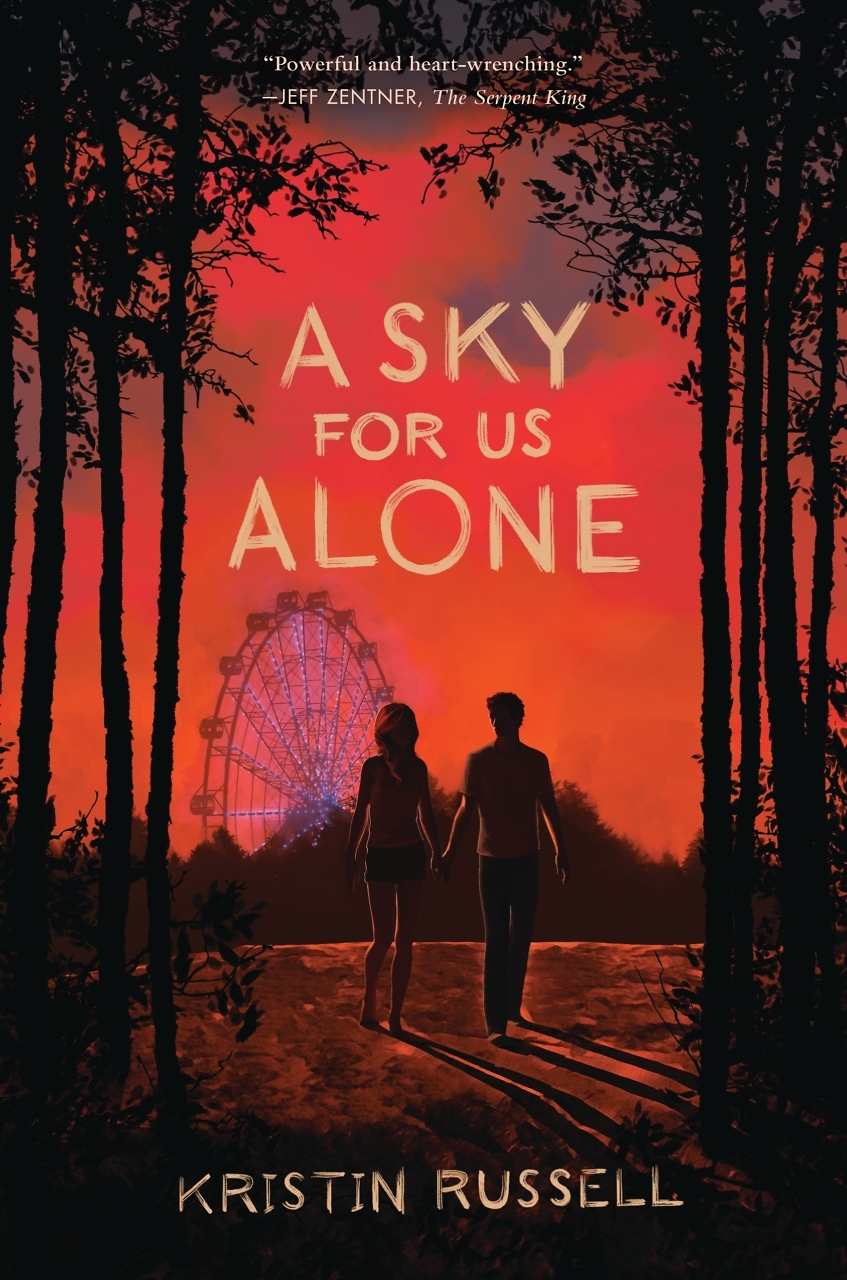Quoth the Raven
Jim Minick’s novel of faith healing begins with a disastrous fire
In Jim Minick’s debut novel, Fire Is Your Water, it’s summer 1953 in the mountains of central Pennsylvania. Ada and Will, both about twenty, work at the Howard Johnson’s service plaza on the turnpike. The relationship that develops is rocky, in part because of their spiritual differences.

Ada, a church-going farm girl, has earned a reputation for “powwowing,” the traditional faith-healing of some Pennsylvania Dutch. With chants and prayers, her uncle has tutored her in the use of her natural gift. Bitter that God let his mother die at his birth, Will has no use at all for religion, or for faith in general. But what Ada and Will share is a deep connection with nature: Will rescues a wounded raven, whom he names Cicero, while Ada finds solace in her blueberry patch.
In the novel’s dramatic opening scene, Ada and her mother struggle to save their cows as the family barn burns in a ferocious fire. The trauma attacks Ada’s faith and takes away her healing power. One central question the narrative raises: will Ada’s gift return in time to help Will when he needs it?
Between the third-person chapters featuring Ada and Will, Minick splices in first-person interludes from the often foul-beaked raven, ultimately telling each of the novel’s events from all three points of view. Cicero cuts beneath the surface of things and has no illusions about life. Yet he learns from experiences with Will and others and picks up a rudimentary language: “[A]ll of a sudden, I understood words—not the specifics, but the idea of them. How they’re magical little vessels, letters strung together like rafts on the river of a sentence, the ocean of a story. The view from [the] nest suddenly seemed smaller, the world at once larger. All I wanted to do was listen.”
 Cicero sometimes becomes philosophically lyrical, commenting that “maybe a feather, a black one anyway, is the ghost of a flame. Like you’re sitting around a campfire at night, staring at that space between each flicker. There a flicker disappears, and that space of emptiness becomes a black feather full of stars. So a feather is just a spark to ignite the air.”
Cicero sometimes becomes philosophically lyrical, commenting that “maybe a feather, a black one anyway, is the ghost of a flame. Like you’re sitting around a campfire at night, staring at that space between each flicker. There a flicker disappears, and that space of emptiness becomes a black feather full of stars. So a feather is just a spark to ignite the air.”
As the title suggests, fire is one of the novel’s recurrent images. Ada realizes in church “that somehow hers was a story of fire, her life defined by flame—like it was water she needed to drink. She needed that tingling power, that fire of healing, of the Holy Spirit. That fire that burns but also cleans away all sins.”
This is a multi-layered novel, full of observations and revelations, thoughts that come to the three protagonists in real time as they attempt to make sense of their own experiences. It’s a thinking person’s novel on many levels, yet much of it reads with the simplicity of a young-adult story, offering a level of detail that allows readers to experience what the protagonists observe on an intimate level.

Ralph Bowden, who holds a Ph.D. from the University of North Carolina, has worked as an electrical engineer, history professor, home builder, alternative-energy consultant, and technical writer. A former resident of both Knoxville and Chattanooga, he lives in Cookeville.


